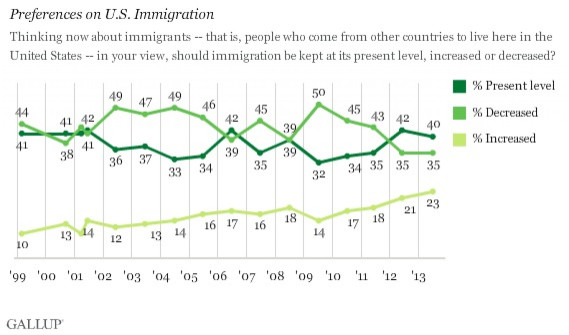Immigration Reform: How Hard Is It To Become A US Citizen? Play The Game [INTERACTIVE GAME]

In 2012, 757,434 immigrants were naturalized as U.S. citizens, a huge increase from the fewer-than-120,000 individuals that went through the same process in the 1950s, according to a U.S. Department of Homeland Security report.
More 12.5 million individuals last year applied for a visa under the Diversity Immigrant Visa program, which offers residents of select countries a chance at winning one of 55,000 available permanent resident cards. Even though most applicants have less than 0.01 percent chance of winning this lottery, it is an easier path to citizenship than most others.
Only those with close family members living in the U.S. as either citizens or permanent residents, highly skilled workers, the exceptionally talented or the very rich have a chance at citizenship, and even so, it’s a long, drawn out, laborious process that can last for decades.
There is huge gap between the demand for U.S. citizenship and the number of visas or permanent resident cards that are actually granted. There were an estimated 11 million unauthorized immigrants living in the U.S. as of 2010, as calculated by the Pew Research Center.
Right now, it is almost impossible for an unskilled or a low-skilled worker to be granted a visa or be eligible to apply for citizenship. The U.S. agriculture industry, which depends heavily on low-skilled workers, is experiencing a dearth of qualified available authorized workers, according to a recent White House report. Making immigration easier for such workers would be economically beneficial to the U.S., the report argues.
Play the game to see if you would make it to citizenship in the U.S. If you’re already a citizen, see how others might fare in the path to citizenship:
© Copyright IBTimes 2024. All rights reserved.






















